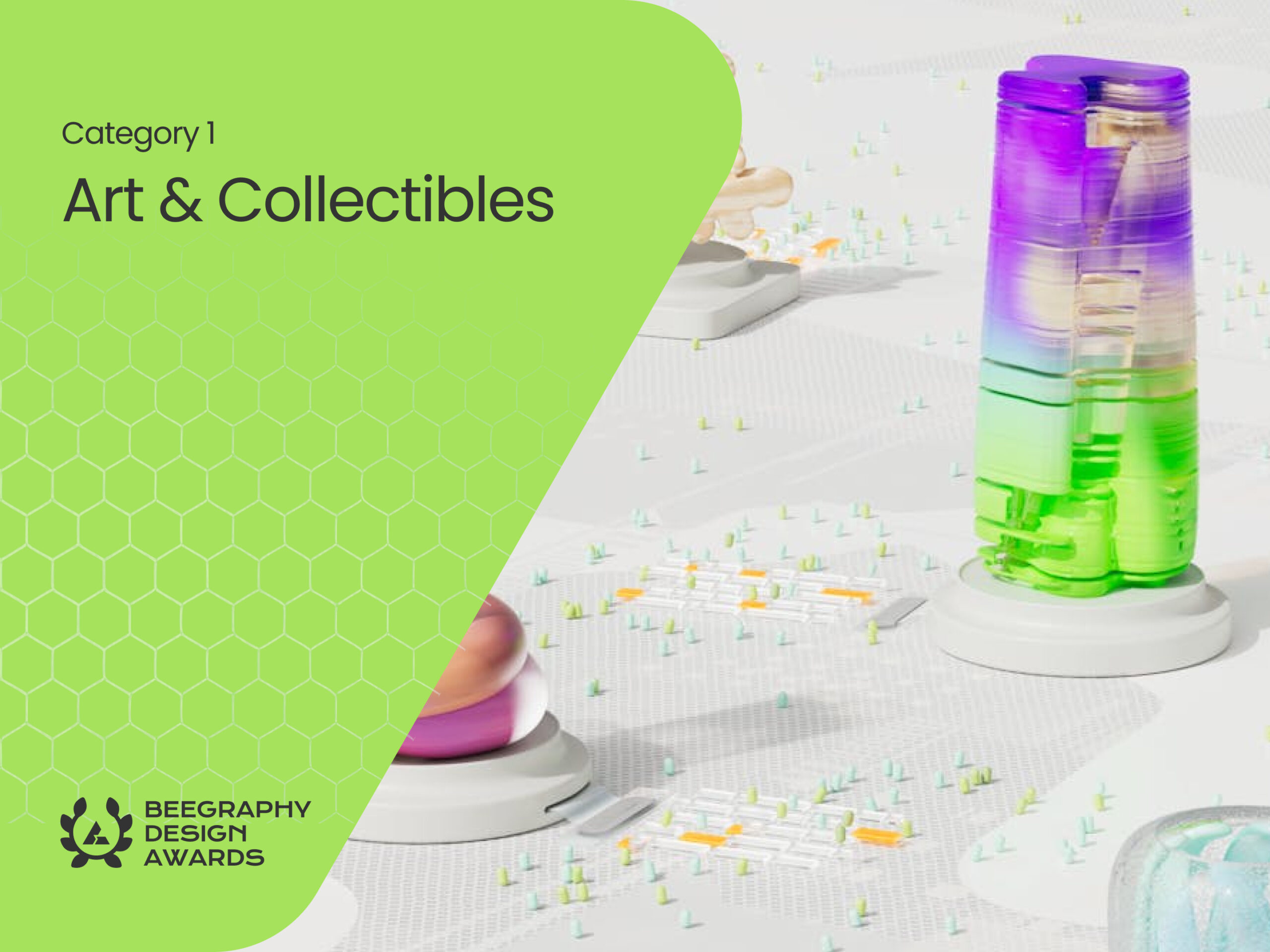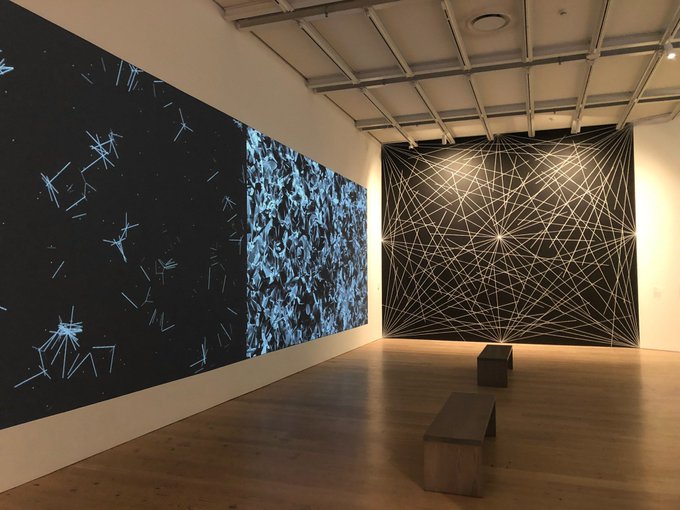Table of Contents
As the deadline for the first category of our competition is approaching in less than a week, we thought of bringing some interesting examples to inspire our community on the topic of computational design in arts and collectibles. BeeGraphy is hosting a series of design challenges to empower you to bring your ideas to life.
The Power of Computational Design
Computational design is a digital blend of design and data. It involves the science of logical thinking and the art of designing. This innovative approach utilizes algorithms and software to create complex, innovative, and efficient designs. BeeGraphy’s user-friendly interface makes this powerful technology accessible to everyone.
In the digital age, the way we create and manufacture is undergoing a radical transformation. Thanks to the rise of online cloud-based CAD (Computer-Aided Design) software, tools like Rhino with Grasshopper, Autodesk Fusion 360, and Blender are making the art of design more accessible. Whether you’re crafting intricate pieces of jewelry or designing the blueprints for new buildings, this technology democratizes the process of creation.
BeeGraphy Platform: Your Computational Canvas
BeeGraphy offers a user-friendly platform with a visual coding interface, allowing anyone to create, modify, and prepare designs for fabrication with ease. This transformative approach, utilizing parametric design on the cloud, enables the creation of more complex, customizable, and efficient designs than ever before, opening up new possibilities across various industries.
Beegraphy Design Awards: Art & Collectibles Category
In the first category of Beegraphy Design Awards, we are inviting artists, designers, and creative minds from all backgrounds to explore the fascinating intersection of art and technology. Using computational design tools, participants are encouraged to conceive and create unique art pieces and collectibles that transcend traditional boundaries. Whether through generative art, 3D-printed sculptures, or interactive installations, this category is about pushing the limits of artistic expression. Here are some notable examples to ignite your creativity:
Refik Anadol: Known for his mesmerizing data sculptures and AI-driven art installations, Anadol uses algorithms to transform data into visually captivating pieces. His work “Melting Memories” is a stunning example of how computational design can be used to create dynamic, data-driven art.
Neri Oxman: A pioneer in the field of computational design and digital fabrication, Oxman’s work combines organic forms with advanced computational techniques. Her series “Vespers” features intricately designed, 3D-printed death masks that explore the intersection of art, science, and technology.

Zaha Hadid Architects: The firm’s work often blends traditional architectural design with cutting-edge computational techniques. The “Thallus” installation, a 3D-printed piece that showcases fluid, organic forms, demonstrates the potential of computational design in creating complex and visually striking sculptures.
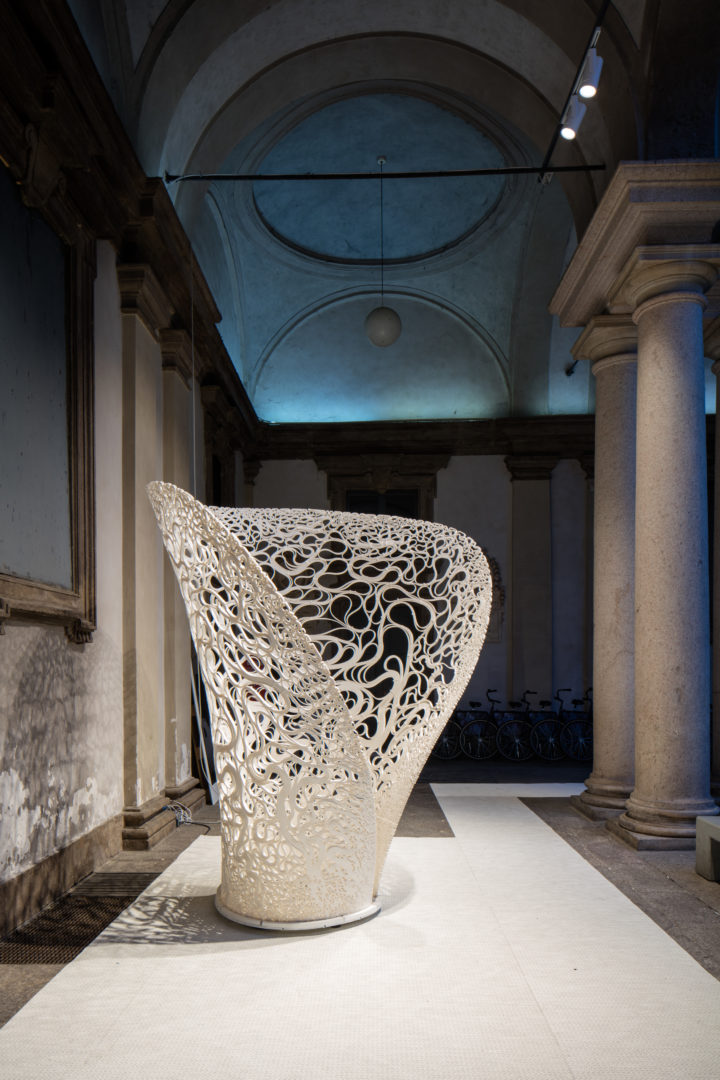
Casey Reas: Reas co-created the Processing programming language and uses it to create generative artworks. His “Software Structures” series involves writing algorithms that produce intricate, ever-evolving visual compositions.
Joshua Davis: Davis uses computational design to create generative art pieces and interactive installations. His “PrayStation” project explores the possibilities of algorithmic design through digital media.

Karsten Schmidt: Schmidt, also known as Toxi, is a computational designer who creates generative graphics and interactive installations. His work “Toxi” showcases the use of algorithms to generate complex, organic forms.
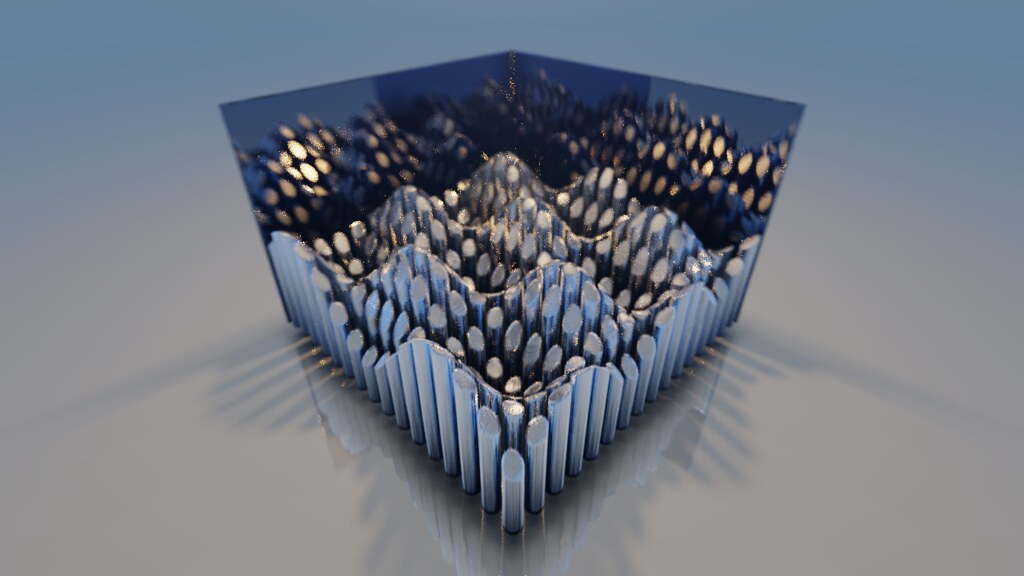
Jennifer Steinkamp: Steinkamp creates immersive video installations using computational techniques. Her piece “Dervish” features dynamic, swirling animations that transform architectural spaces.
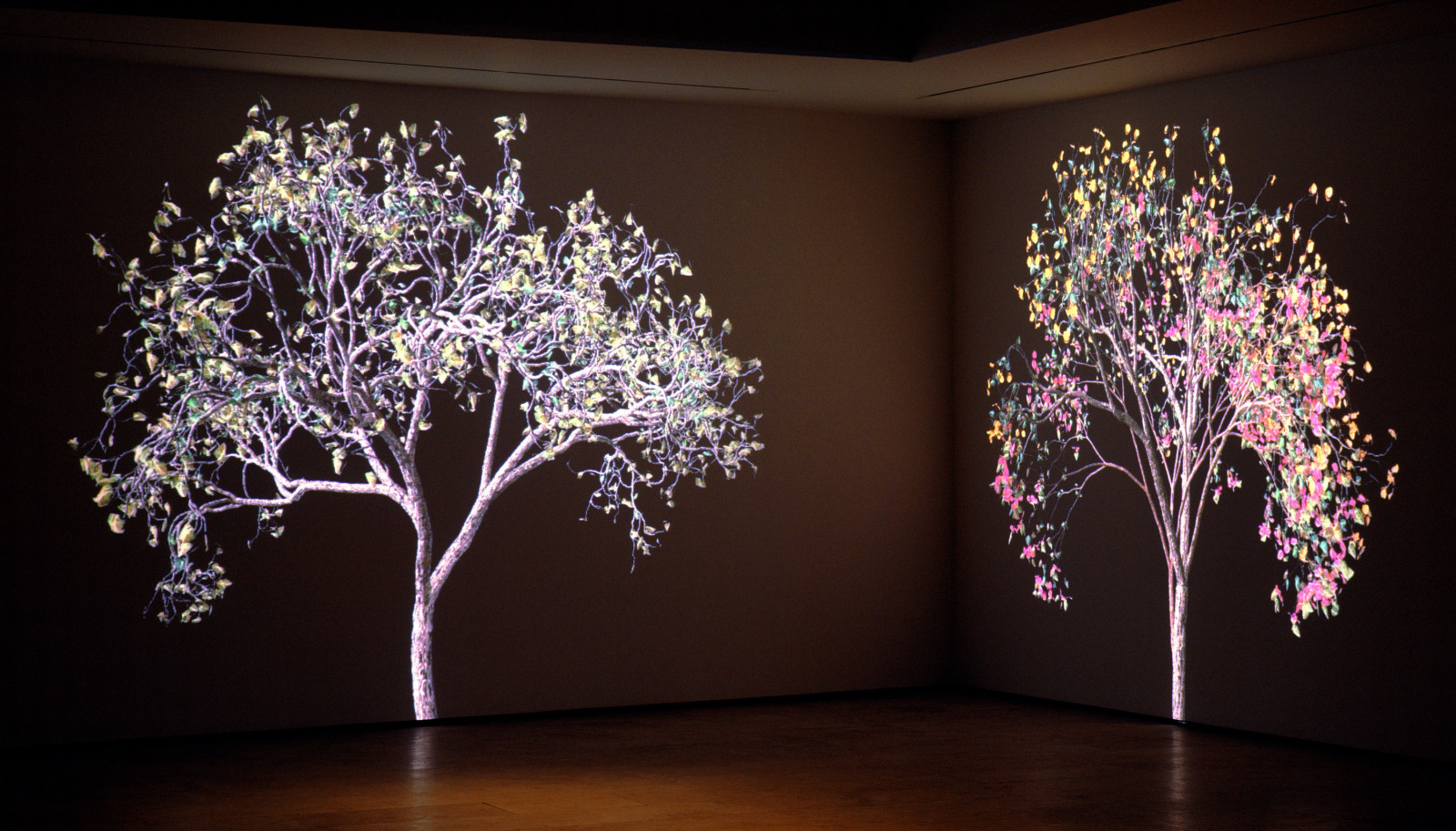
Joris Laarman: Laarman uses computational algorithms to design furniture inspired by organic forms. His “Bone Chair” is a 3D-printed piece that mimics the structure and efficiency of natural bones.

Erwin Redl: Redl creates large-scale light installations using computational techniques. His “Matrix” series involves grids of LEDs that create immersive, kinetic light environments.

Fabian Oefner: Oefner combines photography with computational techniques to create stunning visual effects. His “Disintegrating” series features images of model cars that appear to be exploding, created through meticulous digital manipulation.

While we hope that these designs have inspired you to create something truly amazing for the BeeGraphy Computational Design Challenge Series, we would like to iterate that your design should demonstrate a clear integration of artistic concepts with computational design techniques and be producible using digital fabrication methods such as 3D printing, CNC machining, or laser cutting or even for a digital media. Clear and compelling use of BeeGraphy’s tools to achieve the final design is essential. We are looking for innovative and original concepts, strong visual impact, and designs that are feasible to produce using computational design methods.
Meet the Jurors:
- Jose Luis Garcia Del Castillo Y López: Lecturer at Harvard GSD and Founder of ParametricCamp.
- Mohammed Mansoor: Lead Designer at Rafael Viñoly Architects.
Important Dates:
- Submission Deadline (Stage 1): 19th August 2024
- Last Date of Community Voting & Announcement of Shortlisted Entries: 26th August 2024
Join the Workshop:
Want to learn more about computational design, Beegraphy and how to get started? Sign up for our upcoming workshop via this Google calendar link!
Need Assistance or Have Questions?
If you have any questions about the BeeGraphy editor, need help locating tools, or wish to report a bug or request a feature, don’t hesitate to reach out via our Discord Channel. Our community and support team are ready to assist you.


